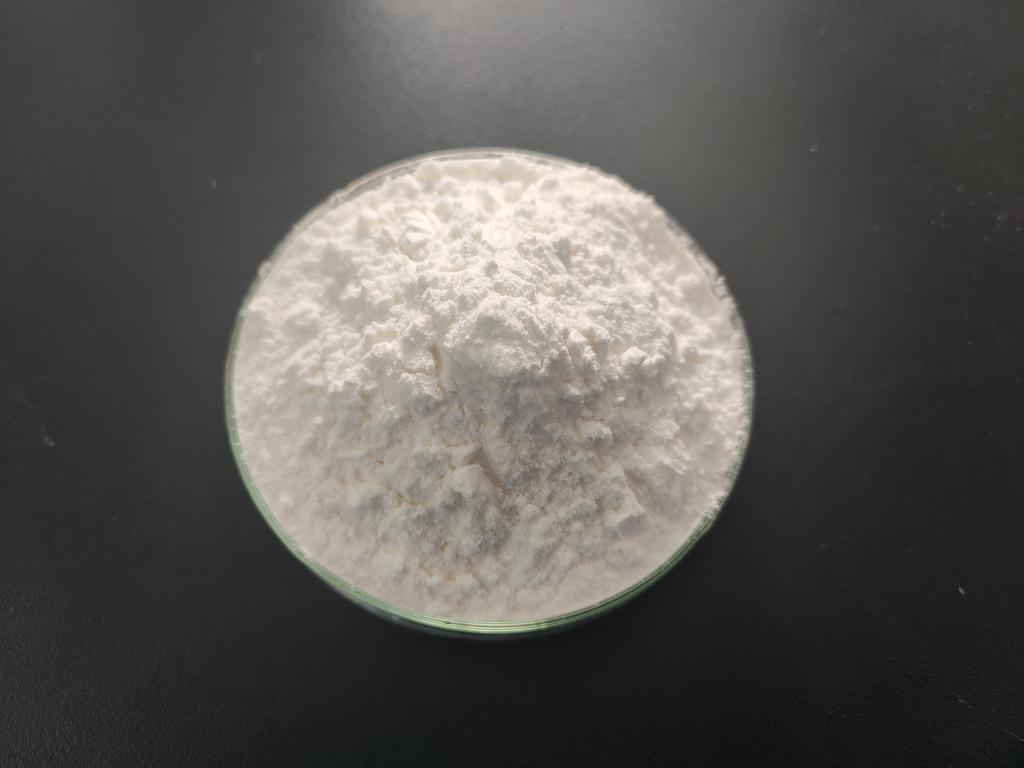Tel:+8618231198596

News
 CONTACT
CONTACT
 CONTACT
CONTACT
- Linkman:Linda Yao
- Tel: +8618231198596
- Email:linda.yao@dcpharma.cn
- Linkman:CHARLES.WANG
- Department:Overseas
- Tel: 0086 0311-85537378 0086 0311-85539701
News
Current Position:
Home >
News
>Synergistic Effects of ε-Polylysine Hydrochloride with Other Preservatives.
Synergistic Effects of ε-Polylysine Hydrochloride with Other Preservatives.
TIME:2023-08-31
Synergy in Food Preservation
Synergy in the context of food preservation refers to the phenomenon where the combined effect of two or more preservatives is greater than the sum of their individual effects. When preservatives with different modes of action are used together, they can target multiple points of vulnerability in microbial cells, making it more challenging for microorganisms to develop resistance.
Mechanisms of ε-Polylysine Hydrochloride and Other Preservatives
1. ε-Polylysine Hydrochloride:
ε-Polylysine hydrochloride disrupts microbial cell membranes, causing leakage of cellular contents and eventual cell death. Its cationic nature enables it to interact with negatively charged microbial surfaces.
2. Other Preservatives:
Other preservatives, such as organic acids (e.g., acetic acid, citric acid), antimicrobial peptides, and essential oils, can inhibit microbial growth by disrupting cellular processes, altering pH levels, or interfering with essential metabolic pathways.
Synergistic Mechanisms
When ε-polylysine hydrochloride is combined with other preservatives, synergistic effects can occur through several mechanisms:
1. Multiple Target Sites:
By targeting different sites in microbial cells, the combined preservatives create a barrier that is harder for microorganisms to overcome. This reduces the likelihood of resistance development.
2. Enhanced Permeability:
ε-Polylysine hydrochloride's disruption of cell membranes can enhance the penetration of other preservatives, allowing them to enter microbial cells more effectively.
3. pH Modification:
Combining ε-polylysine hydrochloride with acid-based preservatives can lead to further reduction in pH levels, creating an environment that inhibits microbial growth.
Benefits of Synergistic Preservation
1. Enhanced Efficacy:
Synergy between ε-polylysine hydrochloride and other preservatives increases the overall antimicrobial activity, resulting in more effective microbial control.
2. Reduced Concentrations:
Using lower concentrations of each preservative in a synergistic combination can achieve the same level of preservation, potentially minimizing any sensory impact on the food product.
3. Delayed Resistance Development:
Microorganisms are less likely to develop resistance to multiple preservatives acting in concert, helping to maintain the effectiveness of the preservation strategy over time.
4. Broad-Spectrum Activity:
Different preservatives often exhibit efficacy against various microorganisms. Combining them expands the range of microorganisms that can be controlled.
Applications in the Food Industry
1. Meat and Poultry Products:
Combining ε-polylysine hydrochloride with organic acids can effectively control spoilage and pathogenic microorganisms in meat and poultry products, enhancing their safety and extending shelf life.
2. Dairy Products:
Synergistic combinations of ε-polylysine hydrochloride and acid-based preservatives can inhibit the growth of spoilage bacteria and molds in dairy products, preserving their freshness.
3. Ready-to-Eat Meals:
By combining ε-polylysine hydrochloride with other preservatives, ready-to-eat meals can maintain their safety and quality throughout their shelf life.
Challenges and Considerations
1. Compatibility:
Not all preservatives may be compatible with ε-polylysine hydrochloride. Compatibility testing is essential to ensure that the combined preservatives do not interact negatively.
2. Sensory Effects:
Using multiple preservatives could potentially affect the sensory attributes of the food product. Balancing efficacy with consumer acceptance is crucial.
3. Regulatory Considerations:
Synergistic combinations may require separate regulatory evaluations to establish their safety and efficacy, especially if they are considered novel.
Conclusion
The synergistic effects of ε-polylysine hydrochloride with other preservatives offer a promising approach to enhancing food preservation while addressing consumer preferences for natural and minimally processed products. By combining preservatives with distinct modes of action, the food industry can achieve enhanced microbial control, extended shelf life, and improved product quality. As research and development continue, understanding the mechanisms and benefits of synergy will contribute to the formulation of effective and consumer-friendly preservation strategies that align with the evolving demands of the modern food market.
- Tel:+8618231198596
- Whatsapp:18231198596
- Chat With Skype







